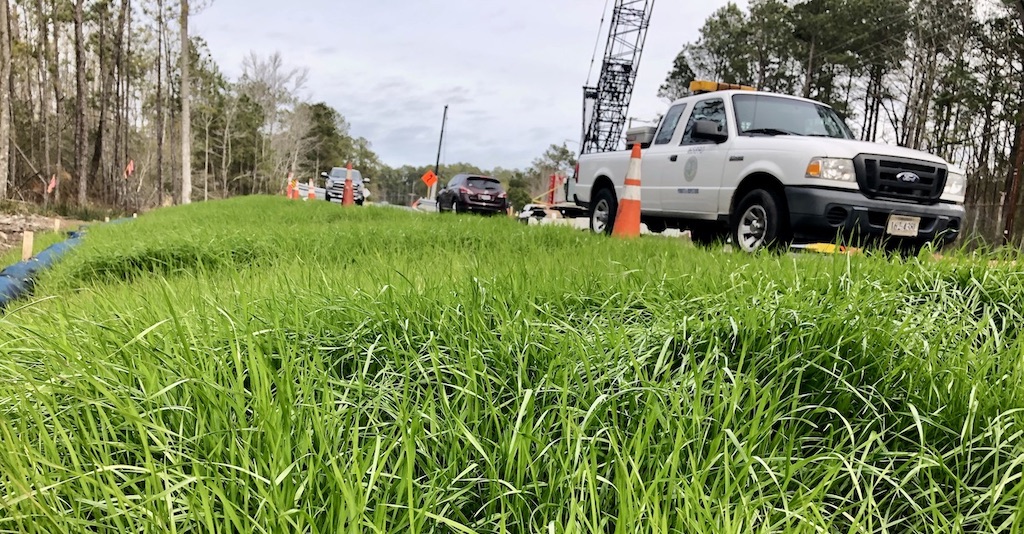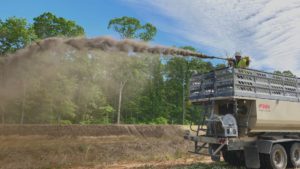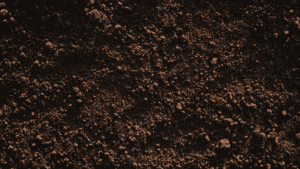13 AugFall Seeding in the Mid-Atlantic

Construction sites need to be seeded throughout the entire year. Some seasons, however, are better for seeding than others. In the Mid-Atlantic United States, the ideal seeding season is the fall.
Why Fall Seeding Works
The fall is our most moderate season in the Mid-Atlantic. Although we may experience a handful of 80 degree days to start, the temperatures are generally not as harsh as the summer.
These mild days and nights create a growing climate for seedlings to thrive and germinate. Complement fall seeding with proper fertilization to yield the best results on your site.
Although the mild weather creates an ideal growing climate, the season that follows is equally important. The spring is followed by a hot and humid summer as opposed to the fall which is followed by the cold winter.
The winter may not seem like the best climate to follow up fall seeding, but it is better than the summer. During the winter, many grass varieties go dormant. When the warm and wet spring days roll around, grass will sprout again and validate your fall seeding efforts.
Choose Fescue in the Fall
Fescue is one of the best varieties for seeding in the Mid-Atlantic fall.
This cool-season perennial grows best between September-November and March-April. Fescue thrives in the moderate fall climate but it also has heat tolerance. Fescue grows both inland and near the coast, making it a safe choice for most Mid-Atlantic sites and landscapes.
2024 Fall Seed Options for Temporary and Construction Seeding
For temporary or permanent seeding on Mid-Atlantic sites, we recommend our Fall Contractor’s Blend. Our Fall Contractor’s Mix is a classic 70/30 Blend of Tall Fescue and Annual Ryegrass.
Why does this grass seed blend work? We already know that Fescue thrives in the moderate fall temperatures and is a reliable perennial for turf establishment. Annual Ryegrass is cool-season annual grass that establishes quickly, providing quick color and temporary ground cover. This fast grower is a good complement to Tall Fescue which is why it is so often incorporated into Contractor’s Blends that are designed to achieve fast and effective turf establishment for ground cover.
We also supply a seasonally adjusted Erosion Control Mix. While similar to our Contractor’s Mix, the Erosion Control Mix also incorporates White Clover. White Clover is a cool-season perennial that has proven popular and effective for erosion control in the Mid-Atlantic. White Clover has a vast underground root system that locks soil into place and has wide leaves that increases ground coverage thereby reducing splash erosion on the surface.
2024 Fall Seed Options for Permanent Seeding and Lawns
Although you can apply Contractor’s Mix and Erosion Control Mix for permanent seeding, our all Fescue blend and pure varieties will be a more favorable choice when permanent seeding lawns and landscapes.
For residential and commercial landscapes, we recommend our Colonial Heritage Four Way Fescue. This all-fescue blend includes four of Pennington Seed’s top performing Tall Fescues that offer improved heat and drought tolerance, excellent traffic tolerance and quick establishment with a deep root system. While Colonial Heritage is a great selection for permanent seeding lawns, some contractors like to use it on sites because it performs so well in the fall.
In addition to our Contractor’s Mix, Erosion Control Mix and Colonial Heritage Blend we also stock pure Tall Fescue, Annual Ryegrass, Durana White Clover and Kentucky 31 Tall Fescue. Custom blends and non-stock varieties are always available.
Don’t Forget to Fertilize
The last key to fall seeding is fertilizer. Fertilizer gives your grass a healthy dose of much needed nutrients: Nitrogen, Potassium and Phosphorus.
Fertilizer jump starts germination during the fall and enriches the soil with nutrients that will help spring growth after winter dormancy. The most important thing to remember is to fertilize with caution. Only apply at the specified application rate in order to avoid contaminating the soil and stunting grass growth.
Choose Colonial Next Time You Need Grass Seed
You cannot control the time of year you seed construction sites because it is a year-round requirement in the Mid-Atlantic. However, by learning the strengths and weaknesses of the different growing seasons you will be able to make strategic seed selection decisions that will impact the legacy of your construction project.
Contact our team if you need grass seed, fertilizer or ornamental products for your next project.
Everything You Need for Fall Seeding





